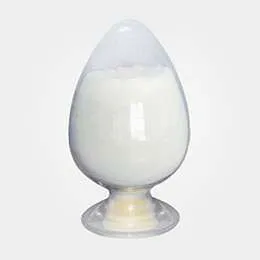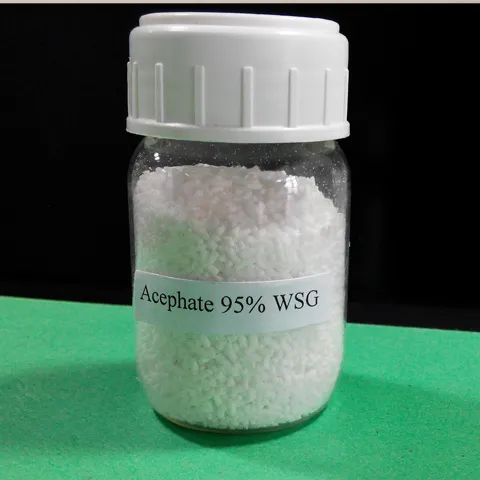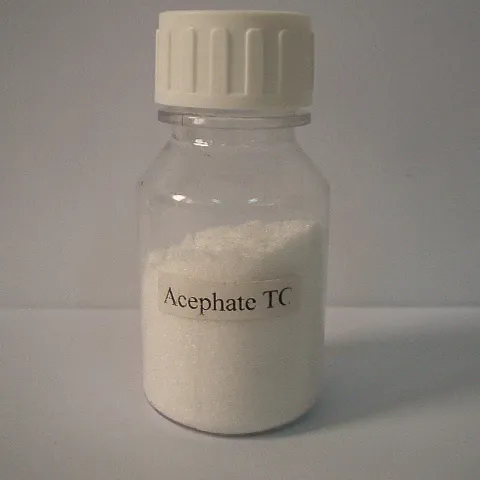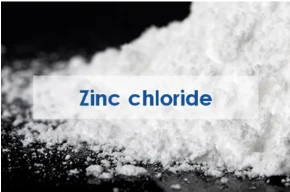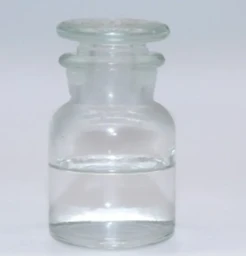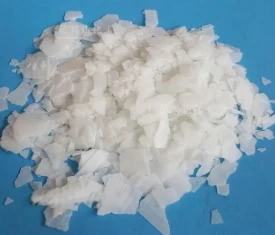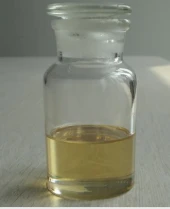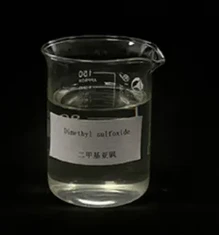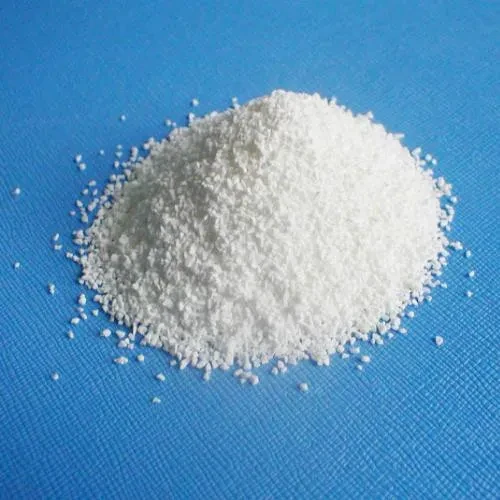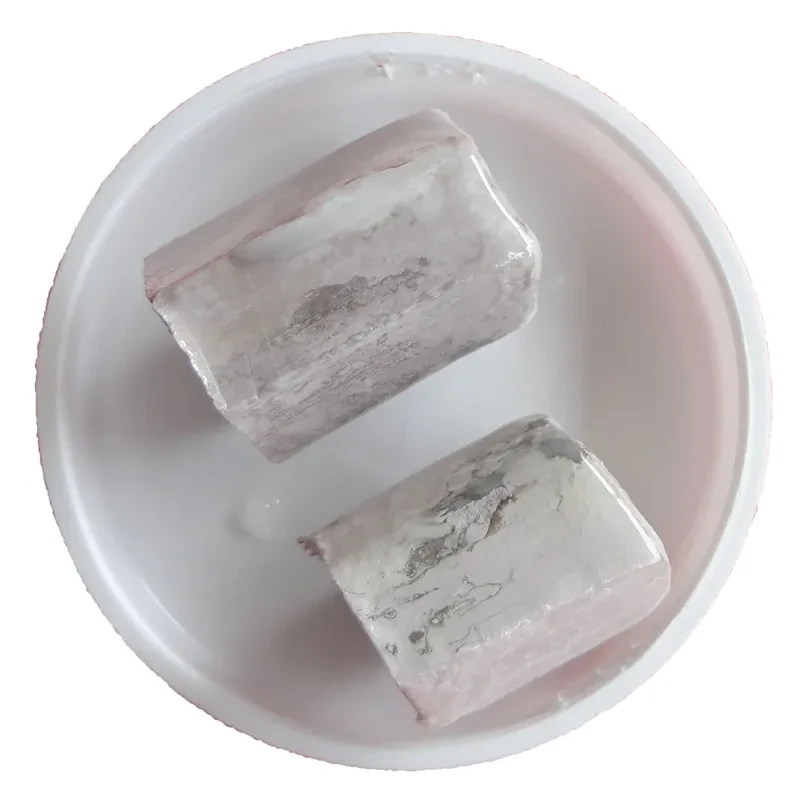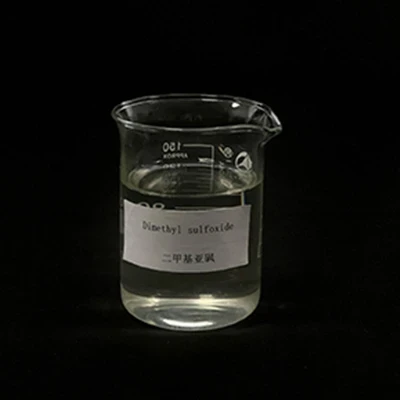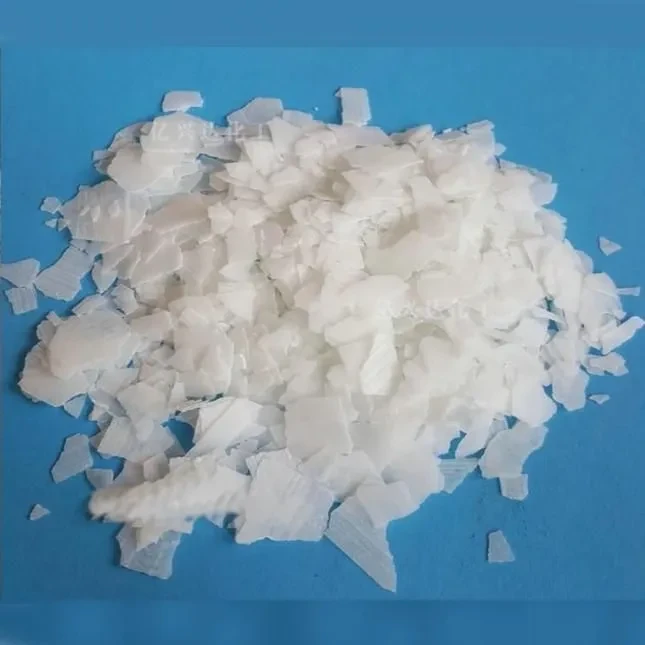|
Schmelzpunkt |
93°C |
|
Dichte |
1.35 |
|
Dampfdruck |
2,26 x 10-4 Pa (24 °C) |
|
Flammpunkt |
2 °C |
|
Lagertemp. |
APPROX 4°C |
|
Löslichkeit |
Chloroform: löslich; DMSO: löslich; Wasser: löslich |
|
pka |
11.00±0.46(Predicted) |
|
bilden |
solide |
|
Farbe |
Weiß bis Gelb |
|
Wasserlöslichkeit |
leicht löslich |
|
Symbol (GHS) |
|
|
Signalwort |
Warnung |
|
Gefahrenhinweise |
H302+H312 |
|
Gefahrencodes |
Xn,F |
|
RIDDAR |
UN1648 3/PG 2 |
|
HS-Code |
29299040 |
Acephate (also known as Orthene) is a kind of organophosphate foliar insecticide which can be used for the treatment of leaf miners, caterpillars, sawflies and thrips in crops and aphides in vegetables and horticulture. It is one of the 10 most important organophosphate insecticides in the 1990s, and is still being widely used today. It takes effect through inhibiting the activity of acetylcholinesterase (Ache) after being metabolically converted to methamidophos. Since it can’t be converted to methamidophos, it is thought to cause no effect on animals and human beings.
Kontakt- und systemisches Insektizid zur Bekämpfung von saugenden und kauenden Insekten in Baumwolle, Zierpflanzen, Forstwirtschaft, Tabak, Obst, Gemüse und anderen Nutzpflanzen
Acephate ist ein Organophosphat-Blattspray-Insektizid mit mittlerer Persistenz und systemischer Restwirkung. Es ist ein Kontakt- und systemisches Insektizid und sehr wirksam gegen eine Vielzahl von Nutzpflanzenschädlingen wie Luzernespanner, Blattläuse, Heerwürmer, Sackträger, Bohnenblattkäfer, Bohnenwickler, Ackerfuchsschwanzwanzen, Baumwollkapselbohrer, Knospenwurm und Kohlspanner.
Acephate wird zur Bekämpfung einer breiten Palette saugender und kauender Insekten in zahlreichen Nutzpflanzen eingesetzt.



